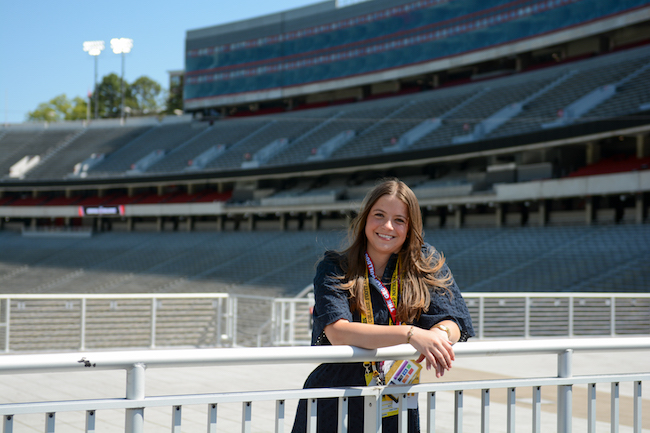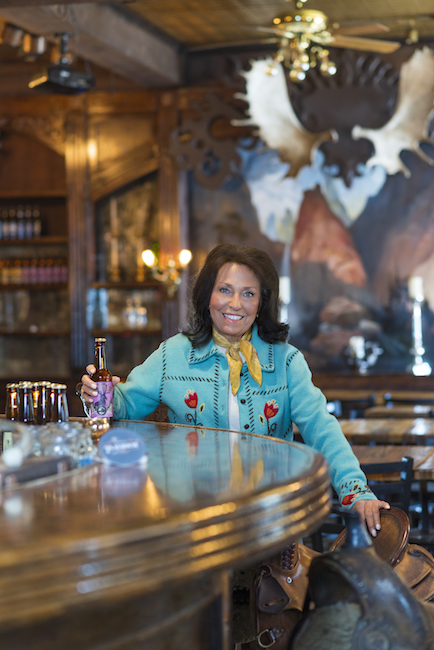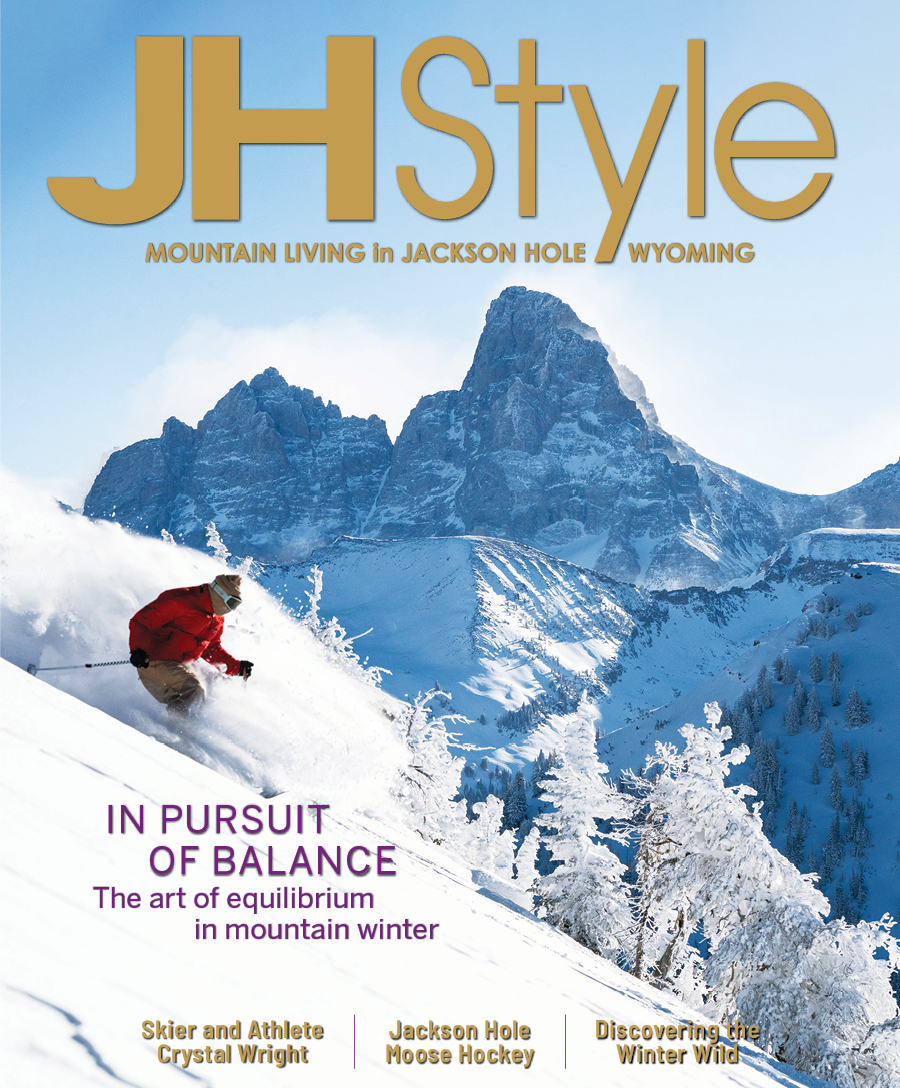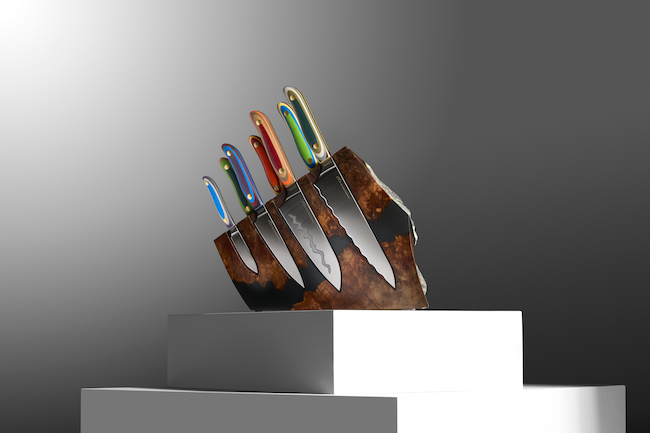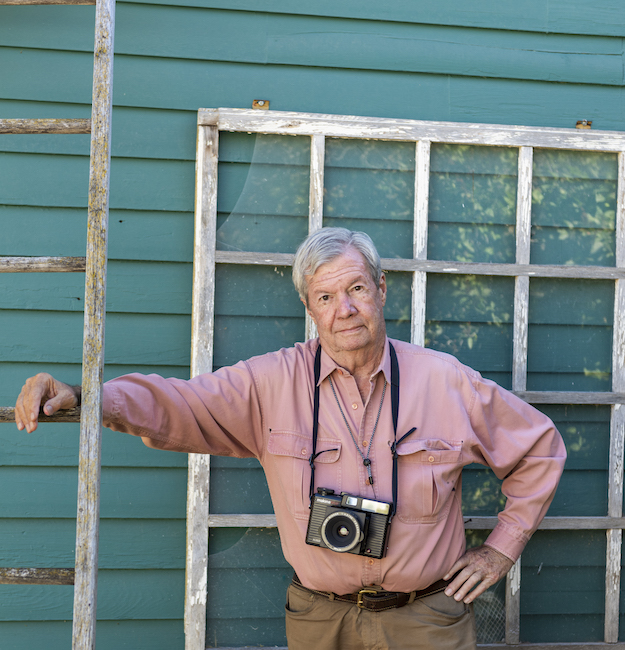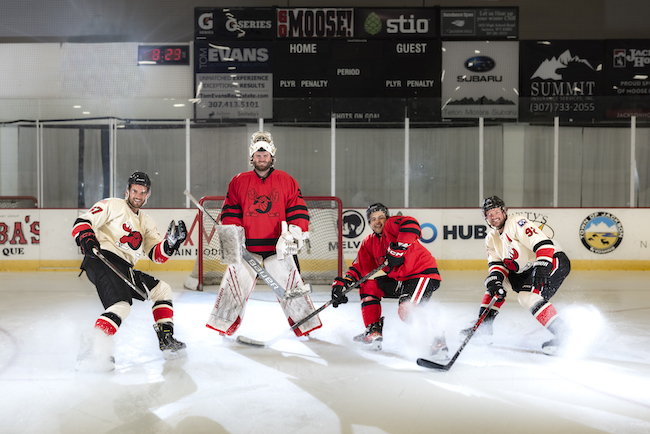Wildly Inspired
04 Jun 2025
Jackson Hole artist Ben Roth pushes the bounds of creativity
Summer/Fall 2025
Written By: David Porter | Images: David Bowers/David Stubbs
While we might romanticize the lifestyle of the artist, Ben Roth belies that romantic image, working 60 hour weeks, wielding a welding torch and wearing heavy duty coveralls. Ben discovered his calling, not in formal training in an art school, but in furnishing and adorning a restaurant he owned in the late 1990s in Jackson Hole.
Ben, full of energy and enthusiasm, has been a working artist and outdoorsman in the valley for the better part of 30 years. Not a native of Jackson, he’d visit often with his parents during the summer when he was a boy. Ben’s parents’ lives here go back to the ‘60s, when Ben’s mother owned a candy store on the Jackson town square and his father was a fly fishing guide on local waters.

Browse Ben’s catalog and you will see that the wild surroundings of Jackson Hole — our mountains, meadows, rivers and critters — inspire him. Ben’s work feels of this place. It is both rugged and refined, modern yet timeless. And when he’s not working, Ben is out there in the wild. He flyfishes, skis and backpacks. To clear his mind, Ben practices yoga and meditates. He also has a penchant for dancing the tango.
Ben is primarily a 3D artist, working with metal, wood, clay and woodblock prints. He welds functional furniture and shapes metal screen sculptures. Wood is sculpted to appear as a bison or longhorn steer skull. Prints, too, begin in three dimensions before ink is pressed from the sculpted woodblock to paper. Regardless of the medium, Ben says the viewer can see a “through line” from one piece to the next, and he says that all of the “essential information of a work is included.”

Ben says, “As an artist, I’ve never been a follower.” That’s not to say he’s not influenced by others. And those others and their oeuvre are formidable: the sculptures of Auguste Rodin and Ursula Von Rydingsvard, the Eames brothers’ modernist furniture, Tera Donovan’s found object sculptures, and Japanese woodblock prints that date to the early 17th century all inform Ben’s approaches to making art and furniture.
Today, Ben operates mostly as a commissioned artist, with about 75% of his annual production dedicated to commissions. Most of Ben’s patrons are “return customers.” They love his work, so they engage him to produce more. Many come to Ben knowing that they might want a table or a chair but without a definite design in mind. Ben works with patrons and their collections to complement what is already in their homes or places of business. He aims to present three to four ideas in the first meeting with a client.
To satisfy his clients Ben will take those three to four ideas, sketch designs, share them with his client, make any desired revisions and start building. Ben says there are patrons who fully trust his process and await the final product and others who like to check in and observe Ben’s progress. Regardless, Ben says, “I always love the interaction!”
So, what about the other 25% of Ben’s art? Ben says he will produce random pieces for himself or to sell. He will enter juried settings and compete for public art installations. Ben says, “Public art is super important. It transforms a metropolitan area into a community.” One can view some of Ben’s work on display to the Jackson Hole public. A large echinacea flower sits among four houses on Cache Creek Drive, and there is a spoon tree on Pearl Street.
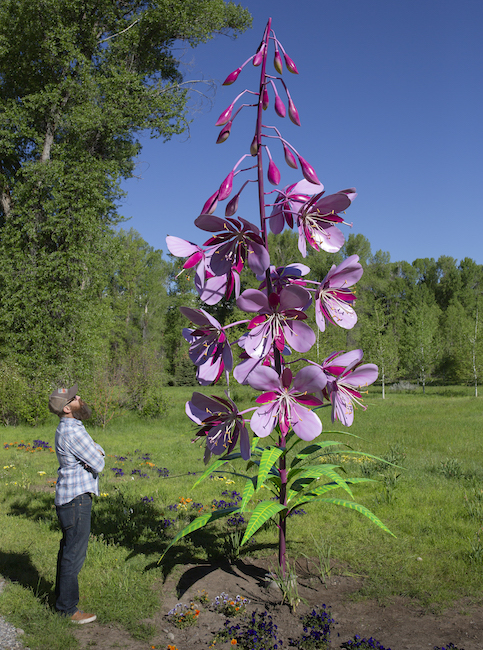
The romantic notion of the artist is further strained when we recognize that there is a tension between art as passion and art as livelihood. Ben feels that tension and says, “My art is my work,” which means that creating something beautiful is both a vocation and an occupation. Ben must make a living, and there is an art of pricing work in a community where craftsmanship is valued. He charges a fair price for his unique pieces while he plans for the day when he’ll eventually retire, which he says will not be anytime soon.
Ben’s art has evolved and improved with experience. “I learn as I go. I’ve suffered. I’ve failed. I’ve lost. All of these have informed my work and made it better.” Better to Ben means a work of museum quality.
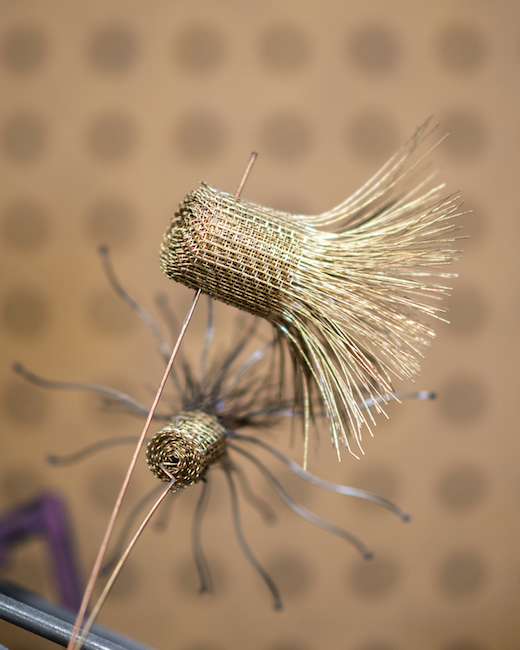
Ben’s vision is that his art will bring people together, that people will learn from his pieces and see how they have been inspired by our surroundings so that we’ll celebrate nature. He says that he loves being a part of and contributing to this community. He works with local school kids to inspire them and complete projects together. He says he’s a maker, an artist, not a student of the game. Ultimately, Ben says, “I just want to be making art.”

